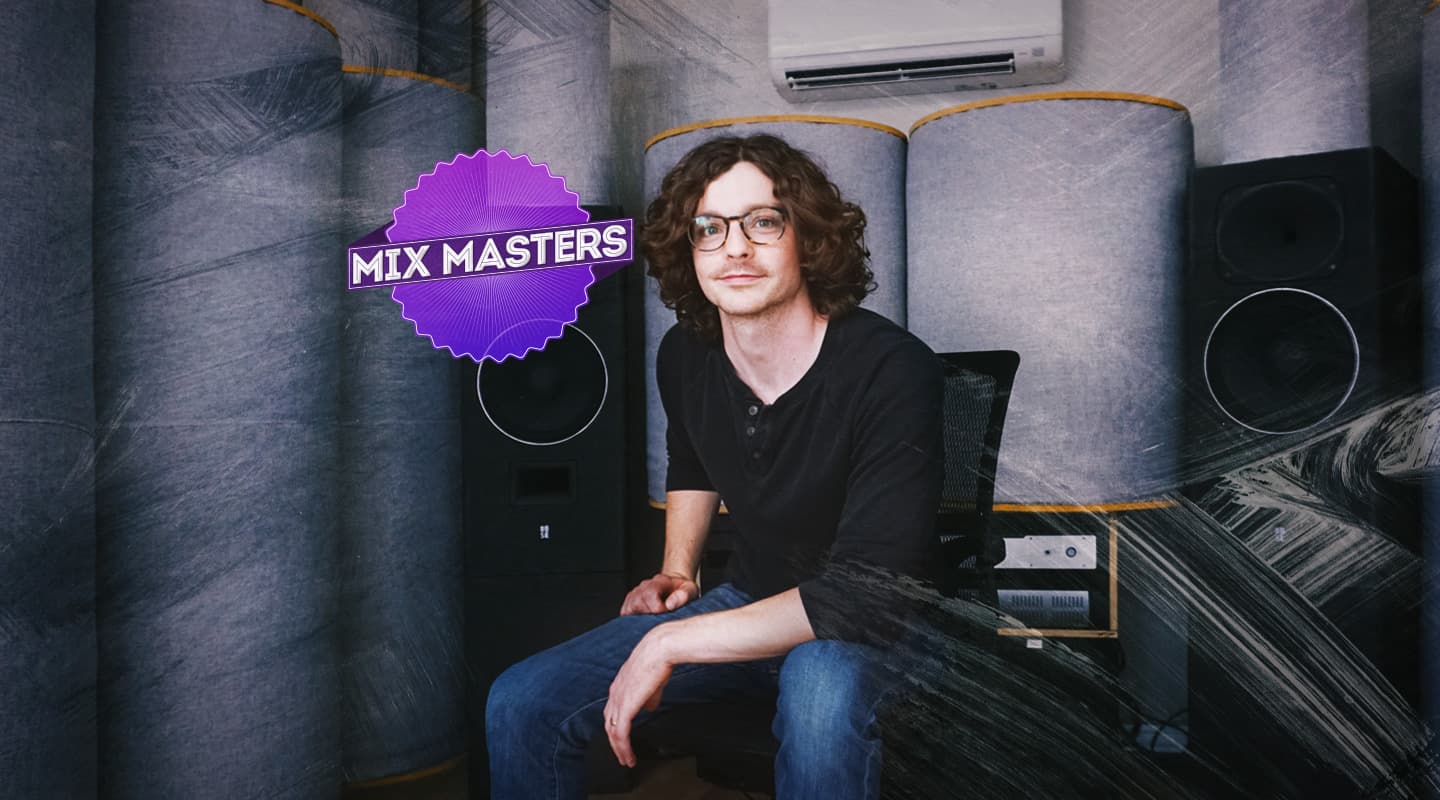
Mix Masters: Mixing Doja Cat’s ‘Woman’
How Jesse Ray Ernster scored the mixing gig for Doja Cat’s ‘Woman’, and his top tips for mixing an Afrobeat smash hit.
The ongoing changes in digital technology have inevitably led to different working methods. In the beginning of the century, when more and more records were created on home setups by people who didn’t have advanced recording skills, it resulted in a dramatic dip in the sonic quality of production sessions, and mixers became superstars tasked with rescuing and upgrading these recordings so they sounded like actual records.
Fast forward nearly two decades, and the engineering skills of producers, engineers and even many artists have increased to the point that many records made on home setups sound great, and rough mixes are almost like the end product. It means that mixers are no longer the heroic trouble-shooters of old, and instead have to follow the rough.
In the words of top mixer Jesse Ray Ernster, it means that mixing sometimes becomes “akin to mastering,” with the mixer doing small tweaks here and there, and not always having the liberty to impose his or her own vision. Ernster should know, as he has only been around for a few years at the top of the mix firmament, with Grammy Awards for his work with Burna Boy and Kanye.
FIRST DOJA CAT MIX
Because of his recent experiences, Ernster is well aware of the current working methods in the music industry. It was therefore a welcome surprise for him when he was approached last year to do a project for which more input was required of him, including some of the musician and production skills that he also possesses.
“I was watching the Grammy nomination ceremony last year (2021), and I was really impressed with Doja Cat’s performance,” recalls Ernster. “I said to my wife, ‘I’d love to work with her.’ To my utter amazement, that same night I receive an Instagram DM from her producer, Yeti Beats, saying that they had this new Afrobeat record for Doja, and would I have a go at mixing it.’”
The song was called ‘Woman,’ and Ernster had been approached because of his Grammy-winning Afrobeat mixes for Burna Boy. “I mixed the song, and then there was no news for six weeks, and I thought I lost the job. When I finally did hear back, they said that Doja loved the mix, and asked if I would finish it. I also mixed three more songs for her.”
All four of Ernster’s mixes ended up on Doja Cat’s album Planet Her, which was released in June 2021, and became a big hit across the, eh, planet. The first three singles from the album were mixed by the world’s number one pop mixer, Serban Ghenea. The Ernster-mixed ‘Woman’ was the fourth single release, and achieved high chart positions in dozens of countries—and went 2x platinum in Australia. By early May it had 800 million Spotify streams and 100 million YouTube views.
UNFINISHED BUSINESS
The point of the mix process for ‘Woman,’ says Ernster, is that he received what essentially was a recording session from Yeti Beats and engineer Rian O’Connel Lewis. “This wasn’t like most of the jobs I get where they spent a lot of time working on the rough mix, and you’re asked to match it. Instead the mix for ‘Woman’ was essentially a blank slate. They laid down the tracks, and Doja’s vocals, and everyone liked the vibe, did some mixing, and then they more or less stopped.”
“Doja’s vocals were tuned and comped, with some minimal EQ and dynamics. They had also stacked Doja’s parts and then automated some delay and reverb effects in places. But overall the song was not mixed together. There was a general understanding that everybody was ready for the song to be mixed properly and for the vocals to be tightened up. They gave me some liberties, and I got to add a few production things.”
“The production was very percussion-heavy, which is what Afrobeats is all about, and my job was mostly to get the vocals mixed, rework the kick drum, and then create an Afrobeat mix. I definitely dug in when I mixed this song. Doja’s voice does not require a lot of processing, because she is truly a complete master of her craft. What I focused on was some overall muddiness that is generally inherent when you stack many vocals together. At any given time in the song there are vocal doubles stacked left and right, and in the hooks there are doubles plus harmonies. I had to go in and control some of the frequencies and balances and make sure everything sat together nicely.”
“The main other thing I did was replace the kick, as I did not think the sound they had used worked. I asked the producer’s permission and he agreed. I have a folder full of Afrobeat style kicks, and I found a good blend of two different kicks. One of them is giving me a little bit of the boom and the other one is giving a little bit of that rattle and presence in the top end.”
“With regards to my production contributions, I added fader and delay throws. Most of all, in the intro of the song there were originally several bars of just the beat, and then it went straight to the hook, seemingly out of nowhere. There was a real opportunity for a transition there. So I took the word ‘woman,’ looped it a bunch of times, ran some obscure reverb and delay processing, and then did another vocal loop with a reverse swell next to it, and placed it just before the hook comes in. What was cool is that this influenced the CGI in the music video. That swell sound happens when Doja appears out of smoke on the table.”
MONITORING IN MIXLAND
Ernster conducts all his mixes in his Mixland studio in LA. At this point one would expect a straightforward description of his studio, but for some reason his mix environment changes continuously. Early in the pandemic he could be found mixing in an Airbnb with sea view, using a laptop and a headset. He later on mixed ‘Woman’ in his bedroom. He has also moved house several times in recent years, which means that he has built several incarnations of Mixland.
In addition, the studio’s design itself is rather out of the ordinary, with Ernster preferring to mix with a keyboard and track pad in his lap, so he does not have to deal with the reflections that come from an office desk. He also has built tons of tube traps, to create close to dead acoustics around his monitors, while the rear of his current studio is treated with less absorption, resulting in a live-end-dead-end room.
“I built all of these big, 27 inch diameter absorption tubes,” explains Ernster. “They are copies of the Isothermal ASC Attack Wall tube traps, with a vented design where they take the sound in, and convert the energy into heat so it just dissipates. It leaves the room very accurate. I built them for my previous studio, and when we moved house I just brought all the tubes to this place. I want the area around the speakers to be completely anechoic, just loaded into the wall, with no resonance. It is like I am sitting in a hi-fi room, just me and the speakers and the power amps on the floor. It is incredible for translation. I hear exactly what clients send me.”
“I have a PDF guide for anybody who is interested in making these tube traps on my Mixland website, on which we also offer plugins, and other nerdy stuff. Right now we’re working on a DIY guide for Yamaha NS10 modification. The NS10 modification consists of updated crossovers, which cost about $70 per pair. The mod is a more thoughtful design with better components and a better placed crossover.”
“The cheap crossover they originally put in results in a horrendous overlap and a big bump around 1.6kHz. This mod alleviates that, but the speakers still sound like NS10s: fast with great micro-dynamics. They are just a little more useful without that snarly, harsh mid-range. The mod also extends the top and the low end. When I place the NS10s closer together, they go down to 40Hz, because the low end couples. These days, a lot of cats working with NS10s use them in a boombox configuration, i.e. very closely together.”
“I mixed ‘Woman,’ on un-modded NS10s in a temporary studio within a tiny bedroom, with some acoustic treatment. I currently still mix on NS10s, and also on my Strauss SE‑MF‑4 monitors. I now have 16 NS10s in my studio, because I am building an Atmos setup! I have an old Apogee Symphony as my I/O, and hope to upgrade to the Symphony Mk II soon. I also have the Grace M905 monitor controller and a whole bunch of other gear that I don’t use when I mix. When I did the ‘Woman’ mix in my bedroom I was using the Crane Song Solaris DAC.”
SESSION PREP
Ernster mixed ‘Woman’ in May 2021, and explains that his process involves one of his two assistants prepping the sessions. “I had an assistant, Noah ‘Mix Giant’ Glassman, who played a large role in helping to prep this song. He has experienced a lot of success from working on this. In general, the assistant will make a new session with my template, and then he imports all the session data from the session that is sent to us.”
“With ‘Woman,’ we retained their settings, master bus, and I/O, everything, and my template lives in there just in case I need it. I have a bunch of auxiliaries that give me really quick options, like if I need a slapback on the vocal I can really quickly reach for it. So I used most of what they had, added my own treatments, and I built my own master bus.”
“My assistant’s job is to colour code and lay everything out in the session, and he also lines up the reference mix, using the ADPTR Metric AB plugin, and listens measure by measure, section by section, all the way through the song, to ensure that the song in the session is playing back exactly the same as the approved reference bounce. If anything sounds remotely different, we call the engineer or producer and we politely request correct files. But in this scenario everything sounded great and was perfect.”
NO SOLO
Unusually, Ernster mixed ‘Woman’ with his assistant virtually looking over his shoulder. “He was present via Zoom and AudioMovers, because pandemic numbers were high. Generally, I mix on my own, but in this scenario, because it was a big mix and a big opportunity, and he was trying to absorb as much information as possible, he watched me mix and of course commented sometimes. It was fun to have a co-pilot.”
“My mix process is primarily comprised of listening to everything at the same time. I will solo when I really need to focus on something, but in this day and age mixes are very loud and glued together at the mix bus, and when you are hearing the kick in the mix, you are not hearing the way it is EQ-ed, you hearing the kick rub against everything else, grinding into saturation plug-ins, with several decibels of gain reduction and clipping and limiting. There is a chemistry of distortion happening that is not represented when you are in solo, so for most of the time I work with everything in.”
“I will generally listen to the record twice, to get an idea of what is going on, and I’ll run around the session, also observing gain staging and the way things are behaving. When I get stems I might start with clip gaining every single track down in the session, but that was not the case with this session. In my head I make a priority list of what I think prevents the song from really working, and what needs doing to improve it.”
“Once I finish this process, I will gain stage the mix and set up my mix bus based on what the kick is doing. Generally, the kick peaks will be digging most in the mix bus, and I need my mix to be as loud as the reference. So I will get the mix bus going early. You could call that a top-down approach, but what I do on the mix bus is pretty minimal. Once I have added the mix bus I will jump into the session, and get down to the nitty-gritty.”
I took the word ‘woman,’ looped it a bunch of times, ran some obscure reverb and delay processing, and then did another vocal loop with a reverse swell next to it, and placed it just before the hook comes in. What was cool is that this influenced the CGI in the music video. That swell sound happens when Doja appears out of smoke on the table.
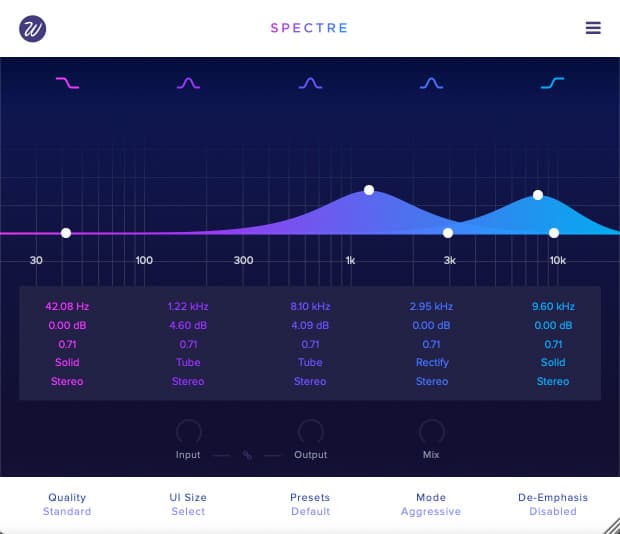
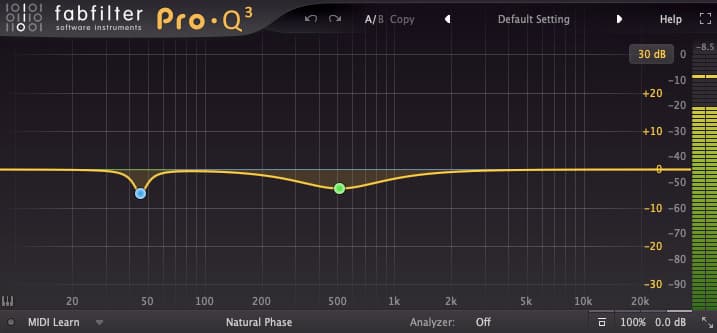
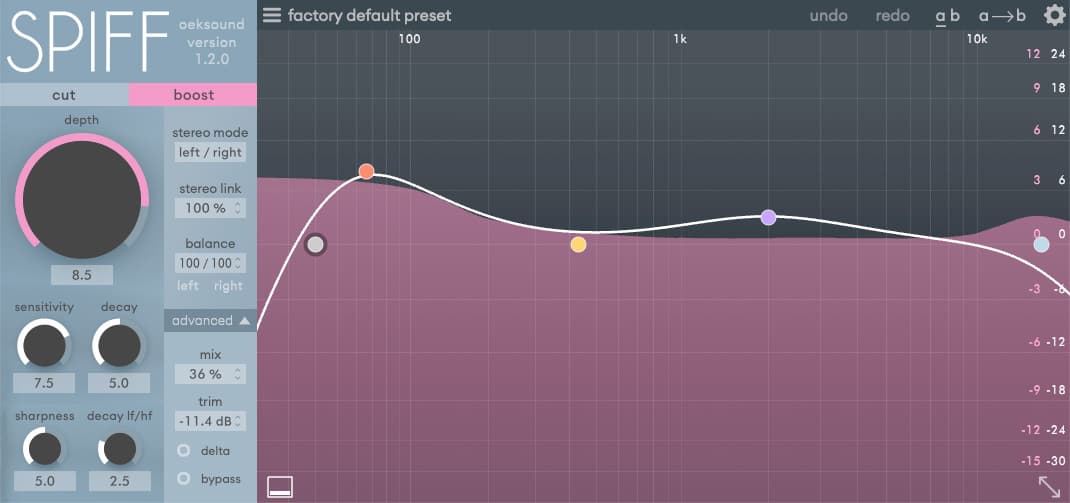
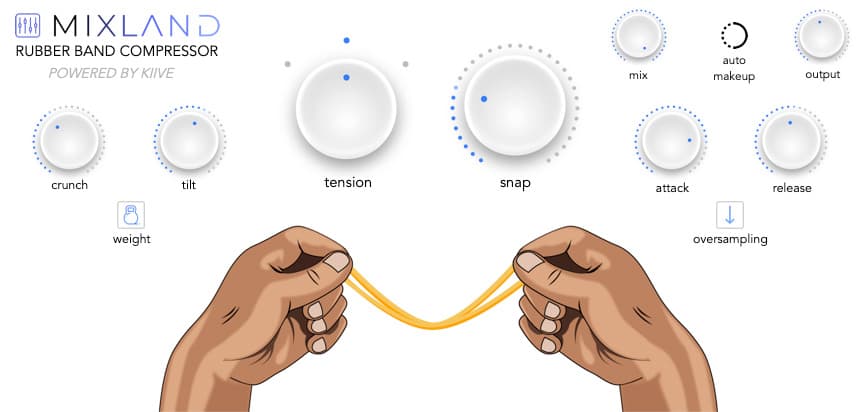
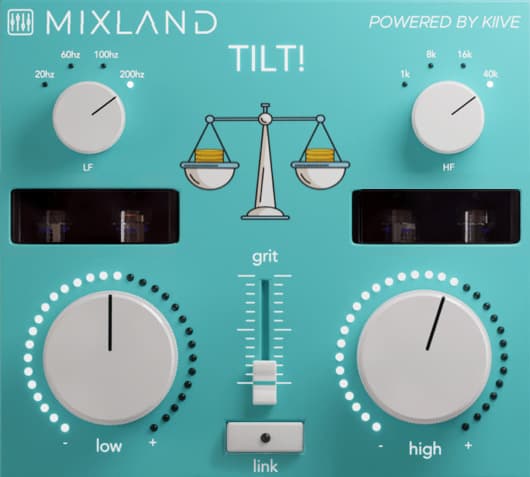



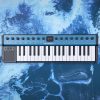

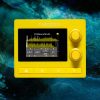
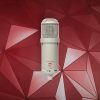
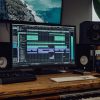

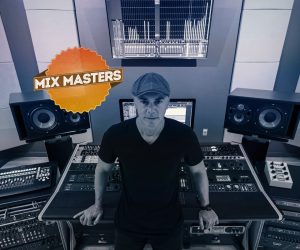

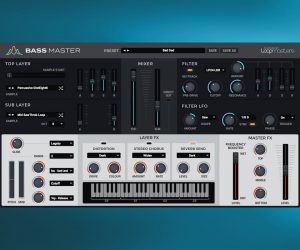

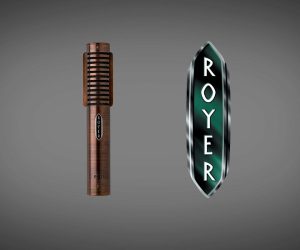
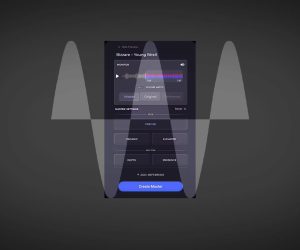
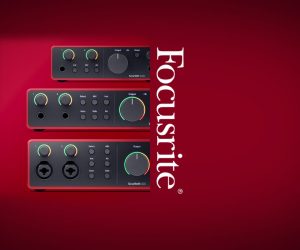
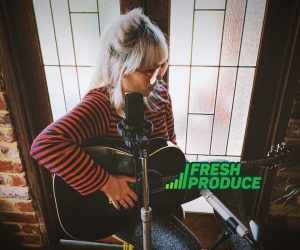

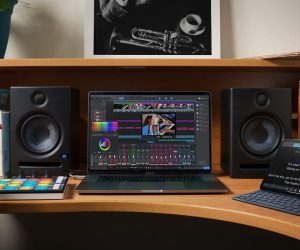
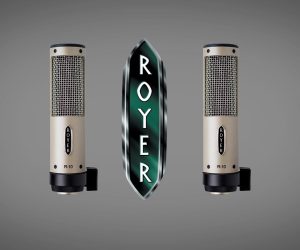
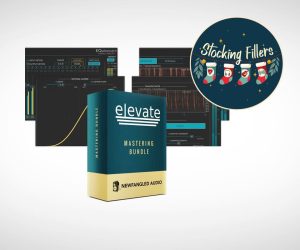


RESPONSES